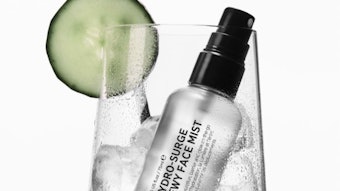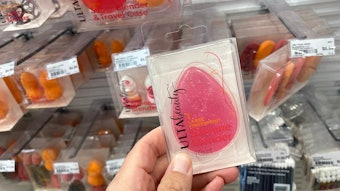
Alibaba Group’s B2C online marketplace, Tmall, has reached its beauty sales target a year ahead of schedule, doubling that of 2019, per Alizila.
Related: Gucci Beauty Opens Flagship Store on Tmall Pavilion
More than 3,000 beauty merchants launched new stores on the platform last year. During the same period, 603 beauty and consumer goods brands achieved RMB100 million in sales, while 42 labels reached RMB1 billion and three brands reached RMB5 billion.
Tmall plans to lower the barriers to registering a store on the platform, such as easing its restrictions for capital requirements and how long the seller has been in business.
Free on-demand briefing: China Prestige Beauty Market Data
It also plans to help businesses by improving the searchability of brands’ products, strengthening their chances of product-launch success and helping them innovate new products and expand to new categories.
Starting from the 6/18 shopping festival, it will boost the visibility of brand-produced livestreams as well.
Another focus this year will be launching technologies such as new artificial intelligence-powered oral-health testing feature which will deliver personalized results and recommended products to consumers.
Over the next three years, the platform plans to help incubate 200 emerging brands capable of generating over RMB100 million in sales and support more than 10,000 new and emerging brands.
Jason Chen, general manager of Tmall’s fast-moving consumer goods division, said, "Each emerging category represents an unfulfilled consumer demand. That’s why we have spared no effort to develop these new categories on the platform and that has, by a large degree, helped us mitigate the pandemic’s impact and fuel growth for the industry.”
Chen added, “We used to discuss supply only in terms of products. But today, the concept of supply also extends to content and services. Successful brands of the future won’t just have a powerful supply chain to manufacture and deliver products, but for generating content and services. All three parts have to work around the clock so the brand can continue building new experiences, content and connections with consumers.”










